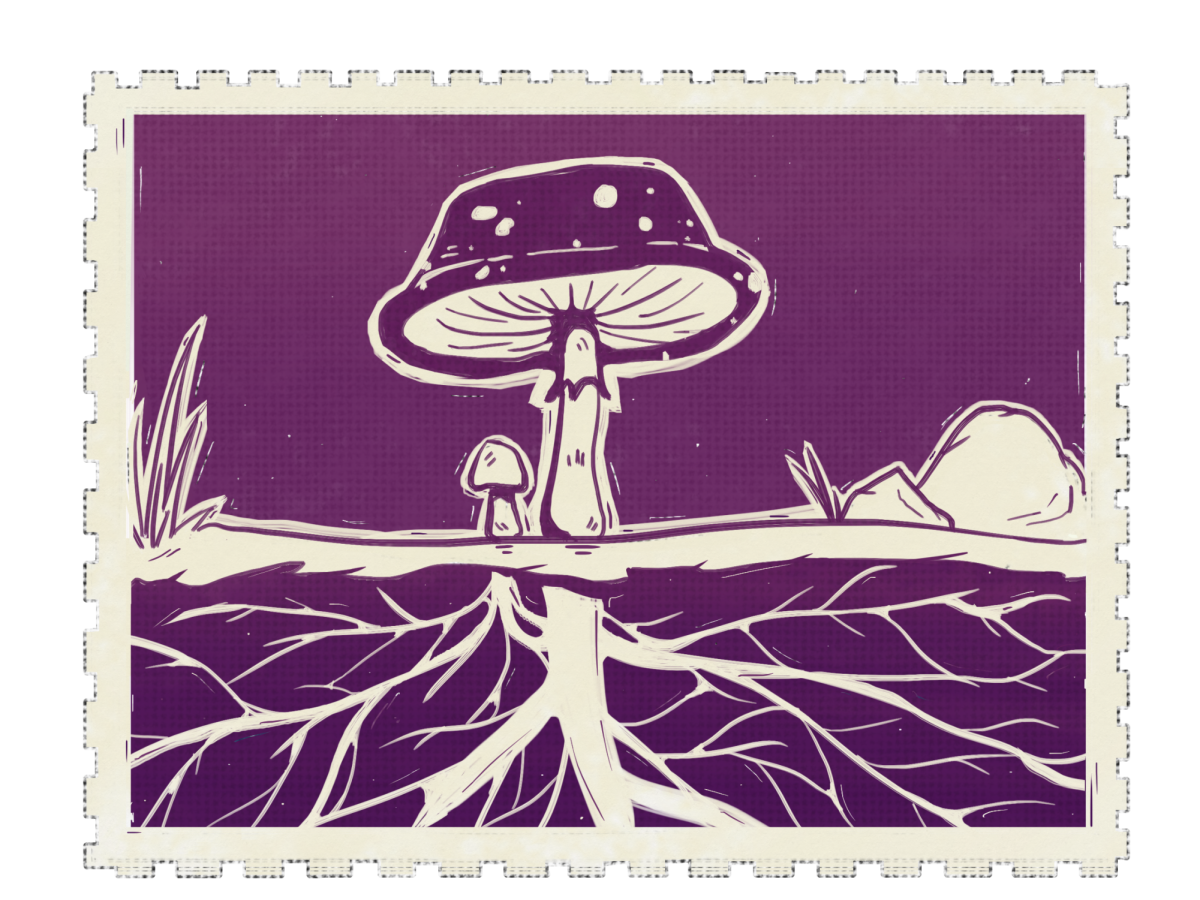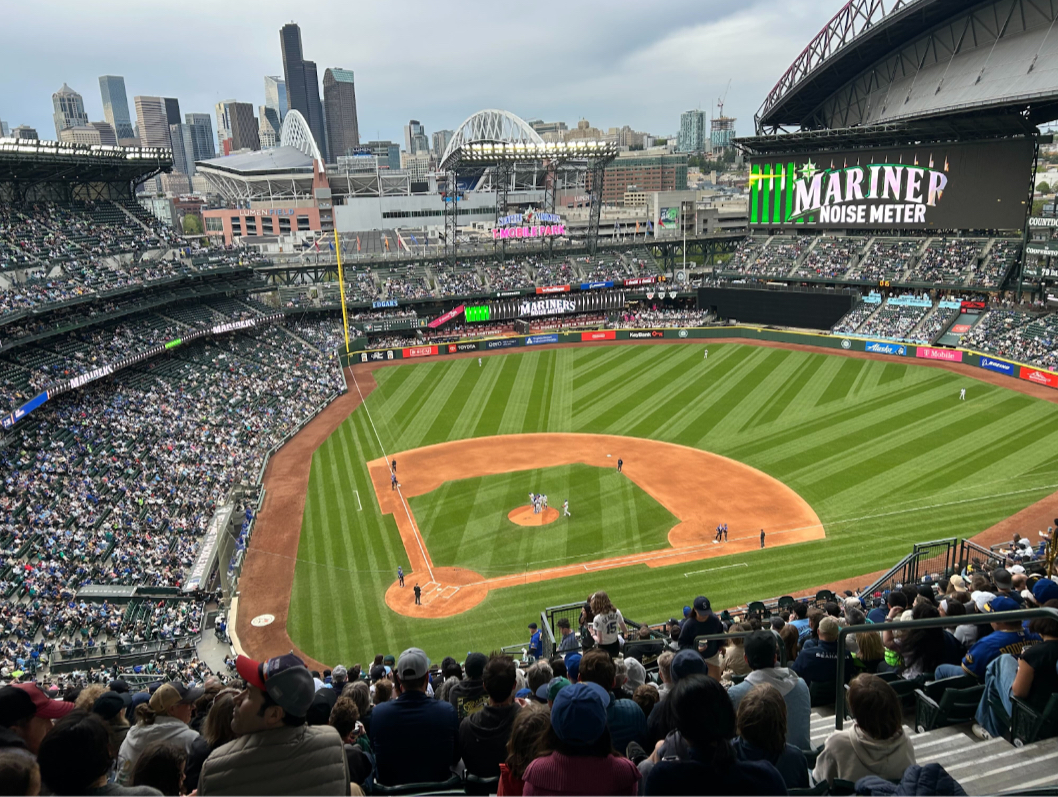A REVIEW OF NETFLIX’S NEW ANIMATED ANTHOLOGY
The recent release of “Love, Death, and Robots,” an animated anthology on Netflix, has been creating buzz. It even received a 90 percent average audience score on Rotten Tomatoes. Like the name suggests, this collection of animated shorts spans on a wide range of narratives and art styles, all under the umbrella of the show’s namesake.
Warning: There are trigger warnings for some episodes and the show, so if necessary, look them up before attempting to binge all the episodes.
As it is an anthology, the episodes contain separate stories and are not in a specific order, Each episode in “Love, Death, and Robots” delivers an entire story in under 17 minutes.
Even though as a whole the episodes are mostly sci-fi based and fantastical, the array of stories told may catch you off guard — with some showing plenty of gore and action, while others are downright bizarre.
In “Love, Death, and Robots,” there’s a bit of something for almost everyone.
Out of the 18 episodes, here’s a rundown of my top five favorites; this list isn’t in any specific order. If you’re not too interested in watching all 18 episodes, I’d highly recommend watching a few from this list that catch your eye.
The sequence of the episodes actually change from person-to-person as Netflix confirmed that they were experimenting with the orders of the episodes.
The frequent sexualization of nude women was frustrating and in poor taste. It occurred way too often and sometimes without context or it being necessary to the setting or story.
Three Robots
The episode follows three robots who venture to the grounds of a post-apocalyptic human city. As sightseers, they struggle to understand the human way of living.
The concept and execution of this episode was very well done. The flow of conversation between the robots were humorous and, although the episode is simple as a whole, the witty dialogue between the three is highly engaging. The twist near the conclusion strengthens the episode.
Good Hunting
In a fantastical world based on Chinese culture, a bond is formed between a spirit hunter’s son and a young spirit known as the “huli jing” (a mythological fox spirit.) Following their meeting as children, the timeline quickly transitions to an industrialized, steampunk future — with undertones of Western history’s run-ins with racism.
The world is immensely detailed, being obviously fictional, yet keeping many realistic tones to it at the same time. The 2D-based art style complements the setting and characters, weaving a gorgeous universe and story all in one episode.
Lucky 13
An air force rookie named Colby is given no other option but to fly the dropship “Lucky 13”, a plane no other pilot would want to be in — but she doesn’t mind a single bit. This story as a whole is a solid zero-to-hero story most anyone would probably enjoy. Colby, as a character, is multifaceted and written realistically: She’s the type of person you can’t help rooting for. The plane itself also seems to become an entirely humane entity as the episode continues to unfold.
Zima Blue
The art implemented in this episode is unique compared to the others. “Zima Blue” is a specific shade of blue created by an artist of the same name. Known as a withdrawn artist, there are many stories speculating the worldwide phenomenon he is. However, when a journalist gets the once in a lifetime opportunity to interview the artist, she finds that the truth is far from what any of the rumours predicted.
The twists in this episode are unpredictable; it’s hard to say much without spoiling it. The story as a whole is mind-provoking and leaves the audience wondering what being human truly means.
Blind Spot
This fun, fast-paced adventure follows a group of ragtag cyborgs on a looting mission. It’s a simple tagline, but the loveable characters and colorful animation makes it a well-executed story filled with action and humor along the way — with just the right amounts of tense moments, blood, and laughters.







